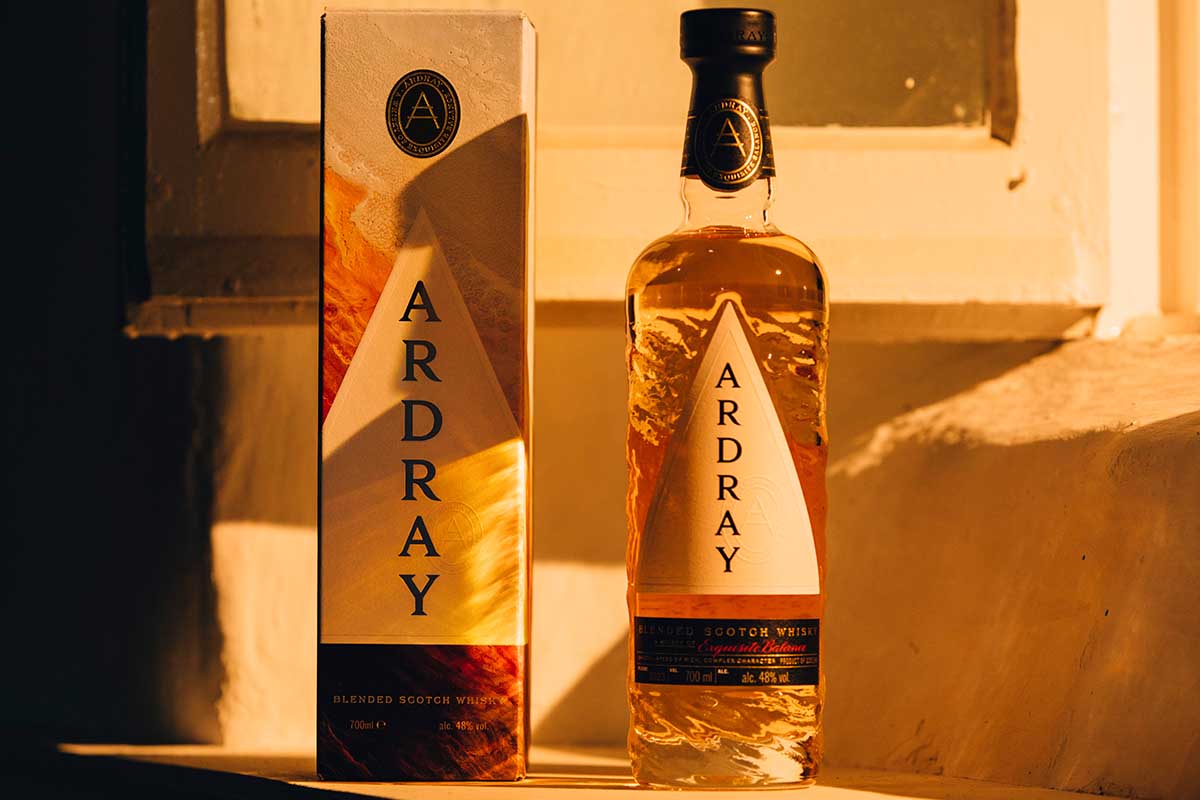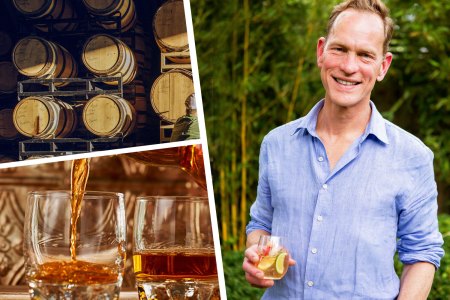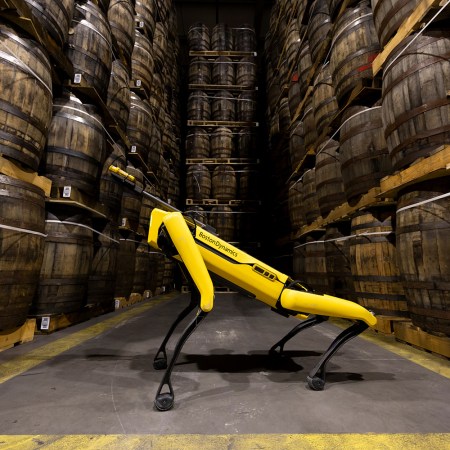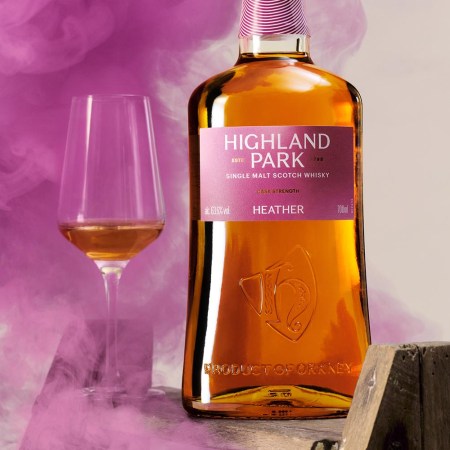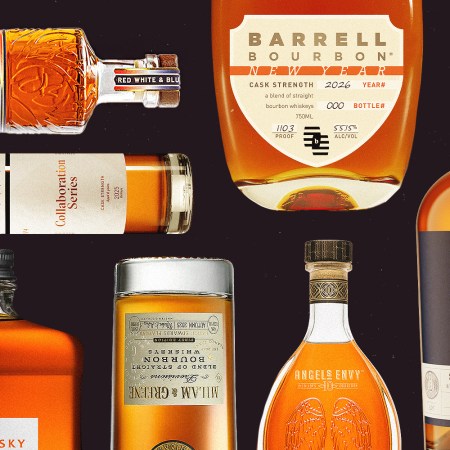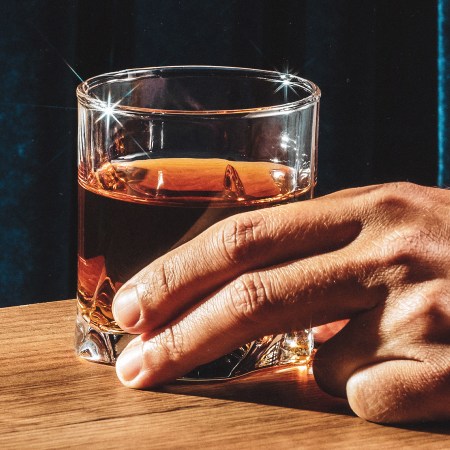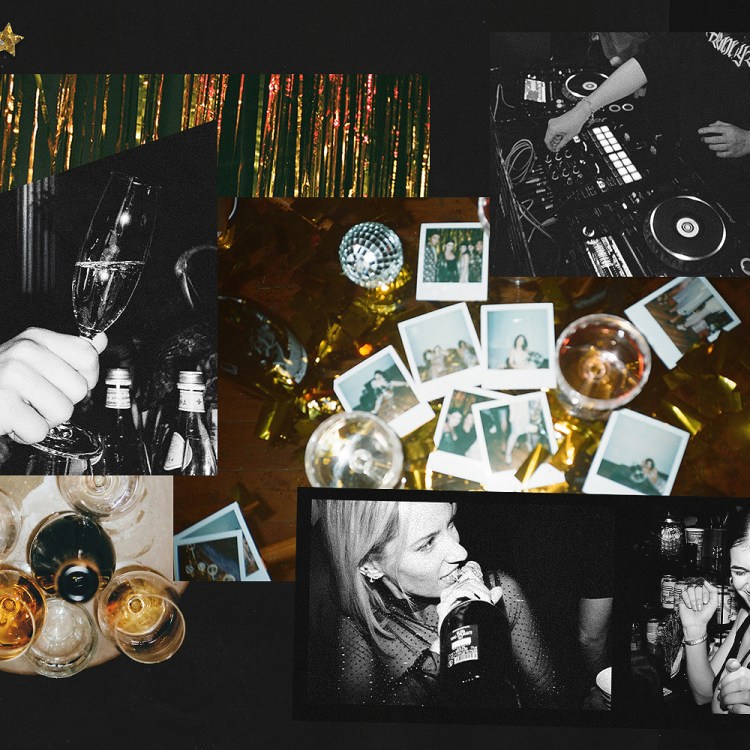“It’s almost like daring people to have a non-aged blended Scotch and appreciate that it’s really good.” Calum Fraser isn’t being confrontational. The Chief Blender for Scotch at Beam Suntory is simply defending the concept of a blended Scotch whisky — a concept that includes anywhere from 80-90% of Scotch sold around the world but often gets lost in the hype of single malts. Add in the lack of an age statement, and Fraser’s new project, Ardray, seems to face an uphill battle in the whisky marketplace.
But Beam Suntory’s new release, out this summer in a few cities before a more extensive global expansion, actually represents the best of the Scotch world and a new approach to the category. Ardray (loosely, “toward the light”) is a whisky not only inspired by early 20th-century Scotch blends but also by the craftsmanship of Japanese whisky blenders. It’s both a nod to the past and a fruitful collaboration that can more easily happen when your parent brand is Beam Suntory, home to an array of whiskies from around the world.
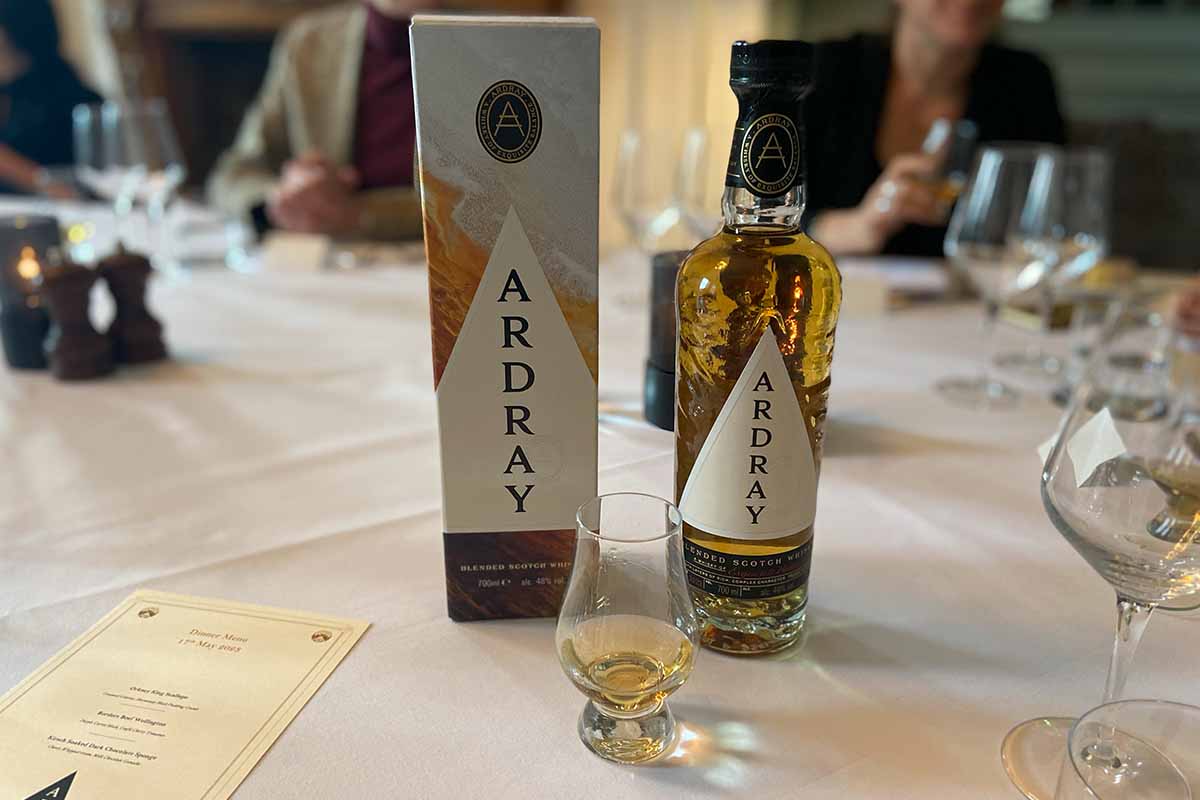
Ardray is a blend that draws from around 10 distilleries, including ones in the Beam Suntory family (Laphroaig, Bowmore, Ardmore and Glen Garioch) and some from Edrington (owners of The Macallan, The Glenrothes and Highland Park). From there, the final blend of grain and malt whiskies was overseen by both the Suntory blending team from Japan as well as Fraser and his crew in Scotland.
“It’s a tradition for many blenders in Japan to train in Scotland,” explains Richard Bates, a senior director of consumer strategy and innovation with Beam Suntory. “And our company relationship and bond has deepened over the years.” (Beam and Suntory merged in 2014.)
Meet John Glaser, Proud Heretic of Scotch
How an American ex-pat made Compass Box one of the most boundary-pushing whiskies in the worldBut corporate synergy does not make for an exciting drink. There also needs to be more of a reason for releasing a blended Scotch… and there are two, actually. One historical, one about flavor.
A bit of history: Suntory’s founder Shinjiro Torii is considered the “father of Japanese whisky.” It was a century ago when Torii-San, inspired by traditional Scottish whisky, envisioned a different approach to the spirit that would offer something subtle, refined and suited for the Japanese palate.
“We actually don’t know why Shinjiro wanted to do this,” says Seizo Saji, General Manager of the Whisky Marketing Division at Suntory and great-great-grandson of Shinjiro Torri. “There was no whisky market at the time in Japan.”
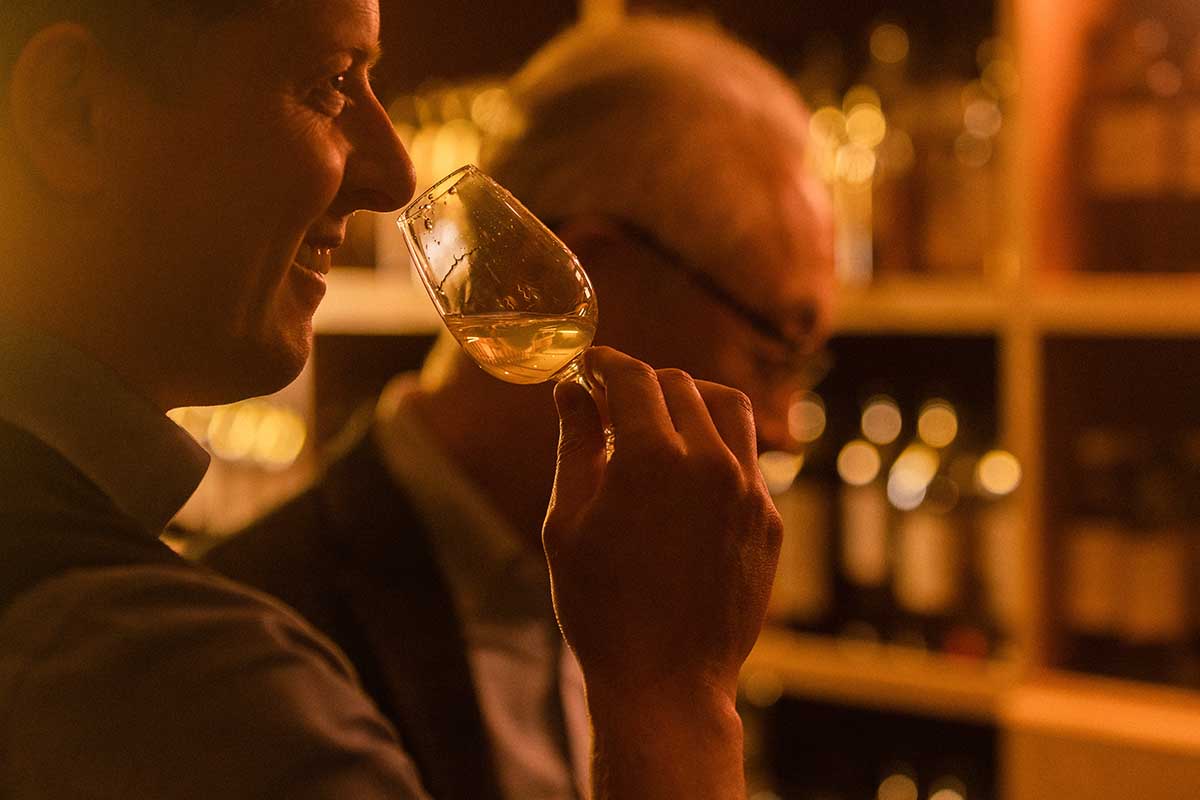
Still, that quest for a different and more balanced type of blend led to the birth of Japanese whisky. And the approach of the blenders in Japan, as honed over the past 100 years, is somewhat different from blenders in Scotland. “The Suntory team is very, very meticulous,” says Saji. “They go to extreme lengths to achieve the taste they want. Also, for Japanese blenders…[whisky companies] don’t trade in the Japanese whisky world. But if you work with Scotch, you do, so you have a wider variety of whisky to work with.”
“The methodology and philosophies are different,” adds Bates. “The style of whisky is different, the palates of the two countries are different, and the whisky itself is different. By utilizing Suntory’s blenders, we’re adding a fresh perspective.”
So, what does a blended Scotch that nods to Scotland and Japan’s past achieve in flavor? Quite a lot. Coming in at 48% ABV, this non-chill-filtered blend of malt and grain whiskies — which are married and undergo a Solera process to create a consistent, complex flavor profile over time — is a lovely, complex and balanced sipper. It’s floral, citrusy, slightly vanilla sweet with a rich mouthful and a lingering finish…and just the right touch of smoke. It truly feels like it captures all of Scotland’s disparate whisky styles and regional characteristics while creating something genuinely crowd-pleasing.
Interestingly, the final product isn’t exactly what the Beam Suntory initially pictured, which is what happens when you spend three years and go through hundreds of blends (plus, Fraser estimates he had “900,000 casks” in his inventory, although they certainly didn’t sample from that amount). “The inspiration came from the style of blends from the 1920s,” he says. “We just knew we wanted to have complexity, multiple layers of flavor, a certain mouthfeel and a long finish that remained fixed. The exact nature of all that certainly evolved. That smoky note on the finish, for example? That came about as we experimented.”
(Side note: When we were visiting the Ardray team in Scotland, Fraser taught us a trick when nosing whisky — smell your elbow to reset your senses. It works!)
With the collaboration a success — at least on the palate — the next obstacle is actually getting whisky drinkers and everyday imbibers to embrace, well, yet another whisky. The blended part and the age statement may not actually be an issue, notes Fraser. “Johnnie Walker Blue doesn’t have an age statement, and Compass Box doesn’t put an age on theirs,” he says. “I’m not saying that’s better or worse, but for us, it means we don’t have to rely on that’s specifically 15 or 18 years old.”
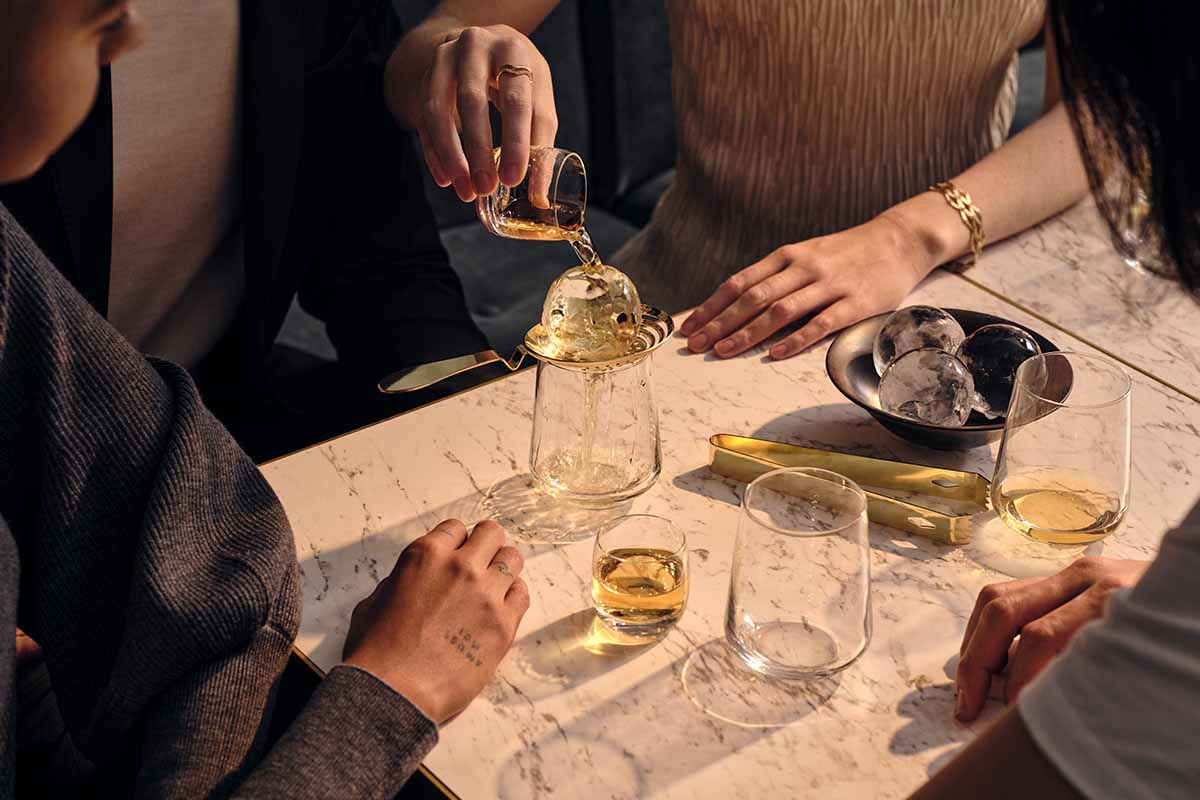
One possible way to break Ardray into a larger market? Reinterpret how people drink whisky; the brand is encouraging bars to suggest a pour of Ardray “off the rocks.” It’s a new concept that “will help us stand out in a bar or a hotel,” says Bates. “It’s visual and it’ll catch people’s eyes.” Essentially, customers at the bar will be given 50ml of Ardray with a glass, an ice ball and a strainer. You’ll put the ice ball on the strainer over the glass, then pour the whisky over it.
“It’s a small dilution but it overall opens the flavors and offers a cooling effect that’s not too extreme,” says Bates. “It’s visually quite nice and there’s some Suntory precision to it — you need to pour the whisky in exactly eight seconds.”
Every Thursday, our resident experts see to it that you’re up to date on the latest from the world of drinks. Trend reports, bottle reviews, cocktail recipes and more. Sign up for THE SPILL now.
